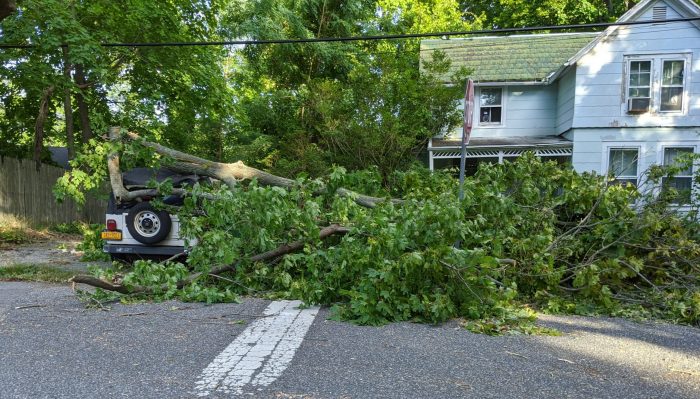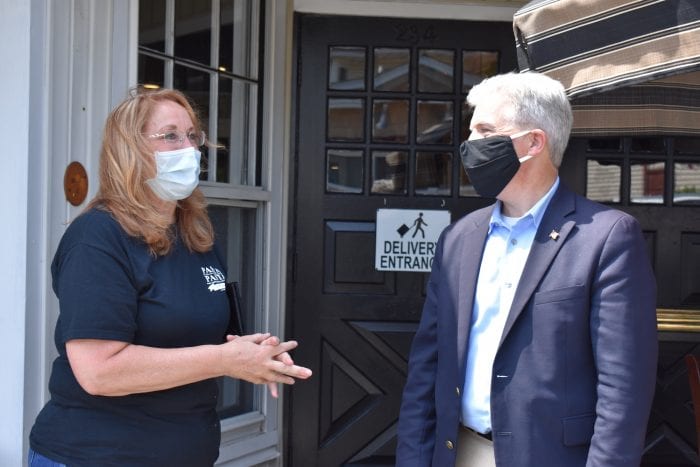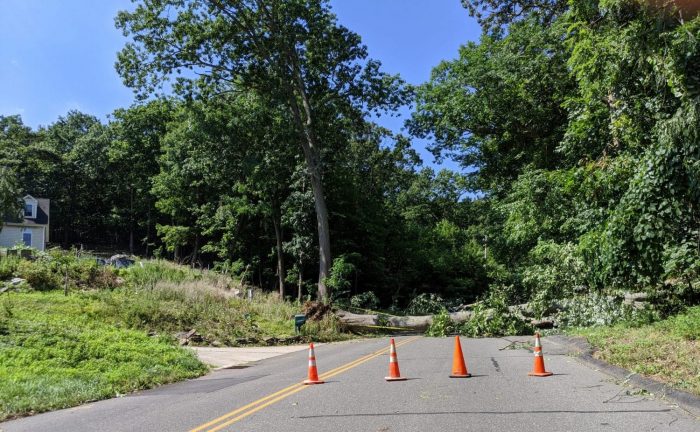We are proud to present our first Times Beacon Record News Media Artist Coloring Book Contest winners. Our intentions for the coloring book and contest was to offer our local art community grand exposure by fostering appreciation for the arts, as well as providing an enriching cultural experience for our audience.
 We are grateful to Bank of America as our Coloring Book partner, to all the artists that contributed a beautiful gallery of sketches and to our coloring contest participants who submitted beautifully colored drawings as well as our voters. Look for the winner’s colored masterpieces in select Bank of America branches. To see the rest of the contestant’s entries, visit our TBR Facebook page: facebook.com/tbrnewsmedia and check out the photo galleries.
We are grateful to Bank of America as our Coloring Book partner, to all the artists that contributed a beautiful gallery of sketches and to our coloring contest participants who submitted beautifully colored drawings as well as our voters. Look for the winner’s colored masterpieces in select Bank of America branches. To see the rest of the contestant’s entries, visit our TBR Facebook page: facebook.com/tbrnewsmedia and check out the photo galleries.
Congratulations to all our winners!
Category 1: Ages 5-12
Winner:
 COLORIST
COLORIST

Brianna Kim, 9, Stony Brook
‘Feathered Friend’ by Cayla Rosenhagen
When asked what she thought of our coloring book, Brianna said, “I think it was cool and I liked the pictures. I picked the bird drawing because I love birds and animals.” This is the first coloring contest Brianna has entered, and she submitted this picture because she likes to draw and color. Besides drawing and coloring, she said she also likes to read, and that her favorite book is “Warriors: The Broken Code #3: Veil of Shadows by Erin Hunter.”
ARTIST
Cayla Rosenhagen, Selden
‘A Feathered Friend’

Cayla, whose drawing was used for the winning submission by 9-year-old Brianna Kim, said, “I’m honored that Brianna selected my drawing to color, and I look forward to seeing her achievement.” What was her inspiration for the drawing? “I’ve had a love of nature for as long as I can remember, my family and I are avid birders,” Cayla said. “With so many people staying close to home these days, many have also taken up the hobby of birding in their own backyards. I was inspired to draw this picture of the familiar American Crow to continue encouraging a love of birds and nature.”
Cayla thought the coloring book was such an amazing way to showcase the work of local artists. “I enjoyed the variety of artwork and getting to read about the creators. During these trying times, it was a great opportunity for artists to participate in such a heartwarming community project.”
In addition to birding and art, Cayla’s hobbies include martial arts, history, reading, hiking, and environmental concerns. She also serves on the Four Harbors Audubon Society board of directors and runs a community outreach program called Beach Bucket Brigade.
Runner Up:
 COLORIST
COLORIST
Bobbi, 7, Suffolk County
‘Squidtar’ by Jim Swierupski
(Information not available at press time)
ARTIST
Jim Swierupski, Port Jefferson Station
‘Squidtar’
“That’s great!” Jim said, when hearing he had been recognized. “I have always enjoyed drawing squids, and my son was playing guitar while I was drawing so I put that in.” He added that he would “love to be part of the coloring book again.”
Category 2: Adult 20+
 Winner:
Winner:
 COLORIST
COLORIST
Maria Montenegro, 84, Stony Brook
‘A Song of Spring’ by Kimberly Sanchez
Maria said she colored all the drawings in the coloring book, but “A Song of Spring” was her favorite to submit for the contest. “This is the first coloring contest I have entered, and I did it because my daughter convinced me.” Besides coloring, Maria also likes to read and enjoys word search books.
ARTIST
Kimberly Sanchez, Melville
 ‘A Song of Spring’
‘A Song of Spring’
Kimberly said she thought the winning colorist, Maria Montenegro, “did a great job. I liked the use of all the yellow in the bird and flowers. It has a very warm feeling that I love.” She said her inspiration and passion is taking photographs of wildlife on Long Island. “The drawing was of one of my favorite little birds, a yellow-throated warbler that I had taken pictures of this past spring. It has such a pretty little song hence the title, ‘A Song of Spring.’”
Kimberly was so happy to be a part of the coloring book and thought it was a fun creative way to share local Long Island talent with the community. Her hobbies besides photography and drawing are gardening, crafting, and painting rocks.
“Maybe you will find one of my rocks if you are out and about in nature — they are all signed KS,” she said.
Runner Up:
 COLORIST
COLORIST
Janis Night, Stony Brook
‘Wild and Crazy Sunflowers’ by Marlene Weinstein
“I was so happy to be a part of this contest. As soon as I saw the drawing, I immediately knew the colors I wanted to use and what I wanted it to look like.”
ARTIST
Marlene Weinstein, Old Field
‘Wild and Crazy Sunflowers’
“I love sunflowers,” said Marlene. “They’re bright, bold and joyful! For this image I chose a vase and background with equally bold patterns and circular designs that reflected the shape of the sunflowers and added movement. I thought it would be a lot of fun to color.”



















